Home>Furniture>Living Room Furniture>How To Fix Cushions On Couch


Living Room Furniture
How To Fix Cushions On Couch
Modified: August 23, 2024
Learn how to easily fix cushions on your couch with our step-by-step guide. Enhance the comfort and longevity of your living room furniture with these DIY cushion repair tips.
(Many of the links in this article redirect to a specific reviewed product. Your purchase of these products through affiliate links helps to generate commission for Storables.com, at no extra cost. Learn more)
Introduction
Welcome to our comprehensive guide on how to fix cushions on a couch! If you have noticed that your couch cushions are starting to sag, become lumpy, or show signs of wear and tear, don’t worry – you’re not alone. Over time, cushions can lose their shape and support, making them uncomfortable and diminishing the overall appearance of your living room furniture.
Fortunately, there are simple and effective solutions to bring your cushions back to life, prolonging the lifespan of your couch and restoring its comfort and beauty. In this article, we will walk you through the step-by-step process of repairing loose cushion covers, replacing zippers, restuffing cushions, and more.
Whether you’re a do-it-yourself enthusiast or just looking to save some money on professional upholstery repairs, this guide is for you. So, let’s dive in and learn how to transform your worn-out couch cushions into plush, inviting seats once again!
Key Takeaways:
- Revive your worn-out couch cushions by repairing loose covers, replacing zippers, and restuffing cushions. Enjoy a cozy and inviting living room with simple DIY techniques!
- Don’t let sagging or lumpy cushions ruin your couch. Explore options like slipcovers and cushion grips for a quick and stylish fix. Transform your living room with ease!
Read more: How To Fix Springs In Couch Cushions
Understanding the Problem
Before diving into the solutions, it’s essential to understand why your couch cushions may be causing you trouble. Over time, cushions can deteriorate due to regular use, resulting in loss of shape, sagging, and discomfort. Here are some common issues you may encounter:
- Sagging Cushions: After prolonged use, the foam or filling inside the cushions can break down, causing them to sag. This can result in an unsightly appearance and a lack of support.
- Lumpy Cushions: If the filling inside the cushions clumps together or becomes unevenly distributed, the cushions can feel lumpy and uncomfortable.
- Torn or Worn Covers: Over time, the fabric covering the cushions can tear or wear out, leading to an unattractive and potentially unsanitary situation.
- Broken Zippers: If the zippers on your cushion covers are broken or damaged, it can make removing or replacing the covers a challenging task.
- Loose Velcro: Many couch cushions feature Velcro strips to keep the cushions in place. These strips can loosen over time, causing the cushions to shift and slide.
Now that you understand the potential problems, it’s time to assess the damage and determine the best course of action. By properly identifying the issues, you can target the specific repairs needed to restore your couch cushions back to their former glory.
Assessing the Damage
Before you begin the repair process, it’s crucial to assess the overall condition of your couch cushions. This will help you determine the extent of the damage and the appropriate solutions. Here are some steps to follow when assessing the damage:
- Inspect the Cushion Covers: Carefully examine the covers for any tears, holes, or signs of wear. Check the seams for fraying or separation. Note any areas that require repair or replacement.
- Check for Sagging or Lumpy Cushions: Sit on the couch and determine if the cushions feel saggy, uneven, or uncomfortable. Pay attention to any noticeable indentations or clumps.
- Test the Zippers: If your cushions have removable covers, check the zippers to ensure they are functioning correctly. If any zippers are broken or stuck, they may need replacement.
- Assess the Velcro Strips: If your cushions have Velcro strips, inspect their adherence. If the strips are loose or no longer sticking properly, they may need to be reattached or replaced.
- Consider the Overall Condition: Evaluate the age and quality of your couch. If it is an older piece or the cushions have significantly deteriorated, you may need to consider more extensive repairs or replacements.
Once you have assessed the damage, you can move forward with the appropriate repairs. In some cases, simple fixes such as restuffing cushions or reattaching Velcro may do the trick. However, if the cushions or covers are severely damaged, you may need to consider replacing them entirely.
Now that you have a clear understanding of the condition of your couch cushions, let’s proceed to gather the materials you will need for the repair process.
Gathering Materials
Before you start fixing your couch cushions, it’s essential to gather all the necessary materials to ensure a smooth and successful repair. Here’s a list of the materials you may need:
- Fabric for Covers: If your cushion covers are torn or worn out, you may need to purchase fabric to create new covers. Consider selecting a durable and washable fabric that matches your couch’s aesthetic.
- Zippers: If the zippers on your cushion covers are damaged, you will need to purchase replacement zippers. Make sure to choose zippers of the appropriate length and style for easy installation.
- Foam or Cushion Inserts: If your cushions are sagging or lumpy, consider purchasing new foam or cushion inserts to replace the old ones. Opt for high-density foam that provides excellent support and durability.
- Scissors: A sharp pair of scissors will be necessary for cutting fabric, thread, and other materials during the repair process.
- Sewing Needle and Thread: You will need a sewing needle and thread to sew or repair any tears or holes in the cushion covers. Choose a thread color that matches the fabric for a seamless finish.
- Upholstery Adhesive: Upholstery adhesive can be used to repair loose seams, reattach Velcro strips, or secure any other loose parts of the cushion covers.
- Measuring Tape: A measuring tape will come in handy when determining the dimensions of your cushions or fabric for cover replacements.
- Pins or Clips: Pins or clips can help hold the fabric in place while sewing or attaching cushion covers.
- Optional: Slipcovers or Cushion Grips: If you prefer an alternative solution, you may consider purchasing slipcovers or cushion grips to improve the appearance and stability of your couch cushions.
Remember to gather all the necessary materials ahead of time to avoid interruptions during the repair process. Once you have everything ready, you can proceed to the next step of preparing your couch for repair.
Preparing the Couch
Before you begin the actual repair process, it’s important to properly prepare your couch to ensure a smooth and efficient repair. Here’s a step-by-step guide on how to prepare your couch for cushion repair:
- Clean the Couch: Start by thoroughly cleaning your couch to remove any dust, dirt, or debris. Use a vacuum cleaner with an upholstery attachment to remove loose particles from the cushions and fabric.
- Remove the Cushions: Take off all the cushions from the couch and set them aside. This will give you easier access to the cushion covers for repair or replacement.
- Inspect the Frame: While the cushions are removed, take the opportunity to inspect the frame of the couch. Look for any loose screws, broken springs, or other structural issues that may require attention. Address these problems before proceeding with the cushion repair.
- Measure the Cushions: Measure the dimensions of your cushions, including the length, width, and thickness. This will help determine the amount of foam or cushion inserts needed for restuffing.
- Patch Any Holes or Tears: If you have any small holes or tears in the cushion covers, patch them up using a suitable fabric patch and upholstery adhesive. This will prevent further damage and ensure a clean surface for repair.
- Clean or Replace Cushion Inserts: If your cushions are sagging or lumpy, consider cleaning or replacing the foam or cushion inserts. Vacuum the inserts to remove any dirt or debris, or replace them entirely if they are damaged beyond repair.
By following these steps, you’ll have a clean and well-prepared couch ready for cushion repair. Taking the time to properly prepare your couch will ensure that the repair process goes smoothly and that the end result is a beautifully restored piece of furniture. Now, let’s move on to the specific techniques for repairing loose cushion covers.
Repairing Loose Cushion Covers
If you’ve noticed that the cushion covers on your couch are loose or have started to come undone, don’t worry – repairing them is easier than you might think. Follow these steps to fix loose cushion covers:
- Remove the Cushion Cover: Start by carefully removing the loose cushion cover from the cushion itself.
- Inspect the Seams: Examine the seams of the cover to identify any areas that may be coming undone or need reinforcement.
- Thread the Needle: Thread a sewing needle with a thread that matches the color of the cushion cover. Ensure the thread is long enough to sew the entire length of the damaged seam.
- Sew the Seam: Begin sewing the loose seam by inserting the needle through one side of the fabric and then bringing it back through the other side. Repeat this stitching pattern along the entire length of the seam, ensuring you stitch close to the edge for a secure hold.
- Tie Off the Thread: Once you have finished sewing the seam, tie off the thread securely with a knot on the inside of the cushion cover.
- Test the Repair: Gently tug on the fabric around the repaired seam to ensure it is secure. If necessary, reinforce any weak areas with additional stitching.
- Reattach the Cushion Cover: Carefully slide the cushion back into the repaired cover, making sure it fits snugly and evenly.
By following these steps, you can easily repair loose cushion covers and ensure a neat and secure fit. If you have multiple loose cushion covers, repeat the process for each one until all are repaired. Now, let’s move on to the next step: replacing zippers.
To fix sagging cushions on a couch, try flipping and rotating them regularly to distribute the wear evenly. You can also add extra filling or use a cushion support to restore their shape.
Replacing Zippers
If the zippers on your cushion covers are broken or damaged, replacing them is a straightforward solution. Follow these steps to replace the zippers:
- Remove the Old Zipper: Carefully cut or unpick the stitches holding the old zipper in place. Remove the zipper from the cushion cover.
- Choose the Right Replacement Zipper: Measure the length of the old zipper to determine the size of the replacement. Choose a new zipper that matches the length and style of the original.
- Prepare the Cushion Cover: If necessary, iron the cushion cover around the zipper area to ensure a smooth and flat surface for sewing.
- Pin the New Zipper in Place: Lay the new zipper along the edge of the cushion cover, aligning it with the seam allowance. Pin it securely in place.
- Sew the New Zipper: Using a sewing machine or a needle and thread, sew the new zipper onto the cushion cover. Make sure to stitch close to the edge of the zipper, ensuring it is securely attached.
- Test the Zipper: Once the new zipper is in place, test it by opening and closing it multiple times to ensure smooth operation.
- Complete the Cushion Cover: Finish sewing any remaining sides of the cushion cover, ensuring a neat and secure closure.
By following these steps, you can easily replace damaged zippers on your cushion covers and restore their functionality. If you have multiple cushions with broken zippers, repeat the process for each one until all are replaced. Now, let’s move on to restuffing the cushions.
Restuffing Cushions
If your couch cushions have lost their shape and support, restuffing them is a great way to revive their comfort. Follow these steps to restuff your cushions:
- Remove the Cushion Cover: Carefully remove the cushion cover, taking note of how it was originally attached to the cushion.
- Assess the Filling: Evaluate the condition of the existing cushion filling. If it has lost its firmness or is lumpy, it’s best to replace it with new stuffing.
- Measure the Cushion: Measure the dimensions of the cushion to determine the amount of new stuffing or foam needed. Take note of the length, width, and thickness.
- Choose the Right Filling: Select a filling material that suits your preference and budget. Common options include polyester fiberfill, foam chips, or even feather inserts for a luxurious feel.
- Stuff the Cushion: Begin restuffing the cushion by carefully inserting the new filling material. Start with small amounts, distributing it evenly and gradually building up the cushion’s shape and firmness.
- Shape the Cushion: As you add the filling, gently knead and shape the cushion to ensure even density and eliminate any clumps or unevenness.
- Test the Cushion: Once the cushion is restuffed, place it on a flat surface and give it a gentle press to ensure it provides the desired level of support and comfort.
- Reattach the Cushion Cover: Carefully slide the restuffed cushion back into the cover, ensuring it fits snugly. Follow the original attachment method to secure the cover in place.
By following these steps, you can easily restuff your couch cushions and restore their shape and comfort. Remember to take your time and evenly distribute the filling for the best results. Now, let’s move on to reattaching loose cushion Velcro.
Reattaching Cushion Velcro
If the Velcro strips on your couch cushions have become loose or no longer hold the cushions in place, reattaching them is a simple fix. Follow these steps to reattach the cushion Velcro:
- Remove the Cushion: Take off the cushion from the couch, exposing the area where the Velcro strip needs to be reattached.
- Clean the Surface: Ensure that the surface where the Velcro strip will be attached is clean and free from any dirt or debris. Use a damp cloth to wipe away any residue.
- Apply Upholstery Adhesive: Apply a small amount of upholstery adhesive to the back of the Velcro strip. Be sure to use an adhesive that is suitable for fabric and upholstery.
- Position the Velcro: Carefully position the Velcro strip in the desired location on the cushion or couch, pressing it firmly onto the surface. Hold it in place for a few moments to allow the adhesive to bond.
- Secure the Velcro: To ensure a secure hold, you can use binder clips or heavy objects to press the Velcro strip against the surface while the adhesive dries.
- Allow the Adhesive to Dry: Follow the instructions on the upholstery adhesive for the recommended drying time. Avoid using the cushion until the adhesive has completely cured.
- Repeat for Other Cushions: If you have multiple cushions with loose Velcro strips, repeat the process for each one until all are reattached securely.
- Test the Velcro: Once the adhesive is fully cured, test the Velcro’s strength by attaching and detaching the cushion. Ensure that it holds the cushion firmly in place.
By following these steps, you can easily reattach loose cushion Velcro and prevent the cushions from sliding or shifting on your couch. Now, let’s explore alternative solutions such as using slipcovers or cushion grips.
Read more: How To Measure Couch Cushions
Using Slipcovers or Cushion Grips
If you’re looking for an alternative solution to address cushion issues, such as sagging or sliding, using slipcovers or cushion grips can be a practical and stylish option. Here’s how you can utilize slipcovers or cushion grips:
- Slipcovers: Slipcovers are fabric covers that fit over your existing cushions, providing both protection and a fresh new look. They come in various styles, fabrics, and sizes to suit your preferences. Simply measure your cushions and choose slipcovers that fit snugly over them.
- Installation: Slipcovers typically have elasticized corners or ties that hold them securely in place. Follow the manufacturer’s instructions to install the slipcovers, making sure they fit tightly and evenly over the cushions.
- Benefits of Slipcovers: Slipcovers can instantly transform the appearance of your couch and are easily removable for cleaning or changing styles. They can also add an extra layer of protection to your cushions, prolonging their lifespan.
- Cushion Grips: Cushion grips are rubberized or adhesive pads that can be placed between the sofa frame and the cushions. They provide friction and grip, preventing the cushions from slipping or moving around.
- Installation: Take off the cushions and place the cushion grips on the sofa frame in the desired locations. Ensure that the grips are evenly spaced and positioned to provide adequate support for the cushions.
- Benefits of Cushion Grips: Cushion grips are a cost-effective solution that requires minimal installation. They are easy to remove or reposition if necessary and can help improve the stability and tidiness of your couch cushions.
Using slipcovers or cushion grips can be a great option if your cushions are in good condition but require extra support or aesthetic enhancement. Whether you choose slipcovers or cushion grips, these solutions offer versatility and convenience in addressing common cushion problems.
Now that you have explored various approaches to fixing your couch cushions, it’s time to take action and bring back the comfort and charm of your living room furniture. Remember to choose the repair method that suits your specific needs and enjoy the renewed beauty and coziness of your couch!
Conclusion
Fixing cushions on a couch doesn’t have to be a daunting task. With the right knowledge and a few simple techniques, you can restore your worn-out cushions to their former glory. Whether you choose to repair loose cushion covers, replace zippers, restuff cushions, reattach Velcro, or explore alternative solutions like slipcovers or cushion grips, there are options available to suit your needs and budget.
By assessing the damage, gathering the necessary materials, and preparing your couch for repair, you’re already on the right track. Taking the time to understand the problem and properly evaluate the condition of your cushions will help you determine the best course of action and achieve the desired results.
Remember to approach the repair process with patience and attention to detail. Take the time to sew loose seams securely, choose high-quality zippers for replacement, use suitable filling materials when restuffing cushions, and ensure strong adhesive attachment for reattaching Velcro strips. These extra efforts will contribute to the longevity and durability of your repaired cushions.
Additionally, don’t be afraid to explore alternative solutions such as slipcovers or cushion grips to improve the appearance and stability of your couch cushions. These options offer flexibility and convenience, allowing you to adapt and personalize your living room furniture to your liking.
With the information provided in this guide, you can confidently embark on your cushion repair journey and transform your couch into a cozy and inviting space to relax and entertain. So, roll up your sleeves, gather your materials, and breathe new life into your couch cushions – your living room will thank you!
Frequently Asked Questions about How To Fix Cushions On Couch
Was this page helpful?
At Storables.com, we guarantee accurate and reliable information. Our content, validated by Expert Board Contributors, is crafted following stringent Editorial Policies. We're committed to providing you with well-researched, expert-backed insights for all your informational needs.
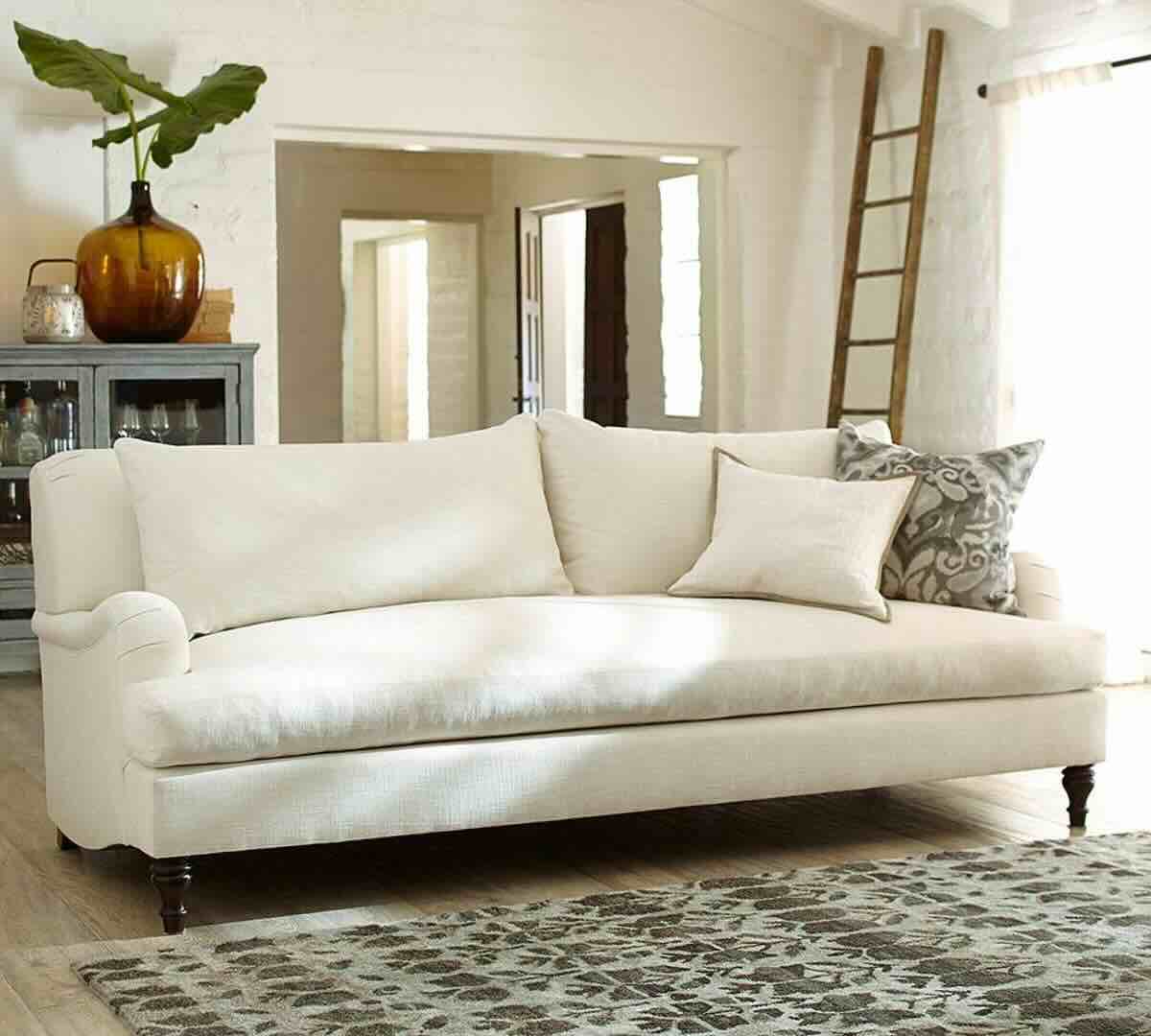

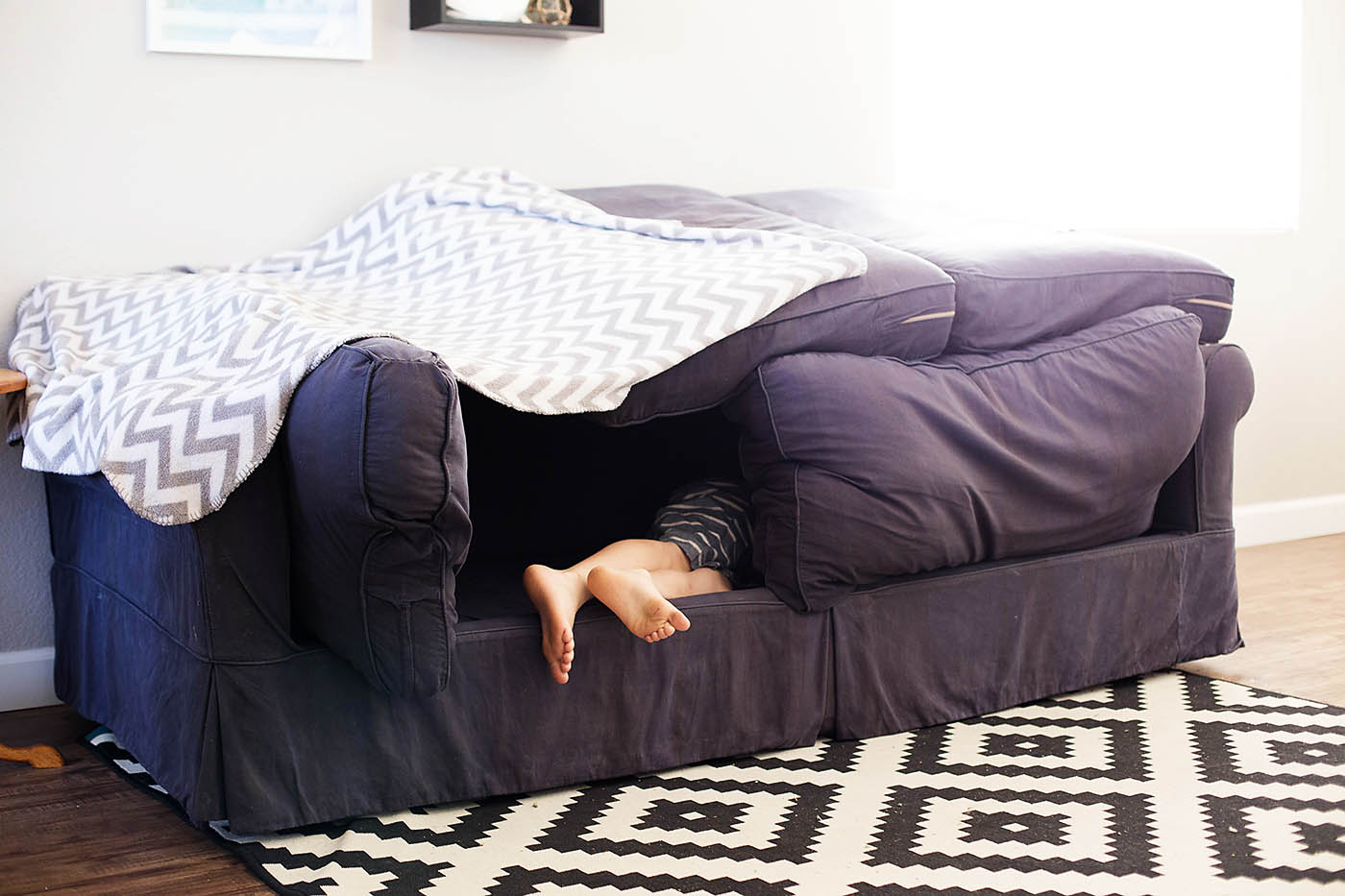
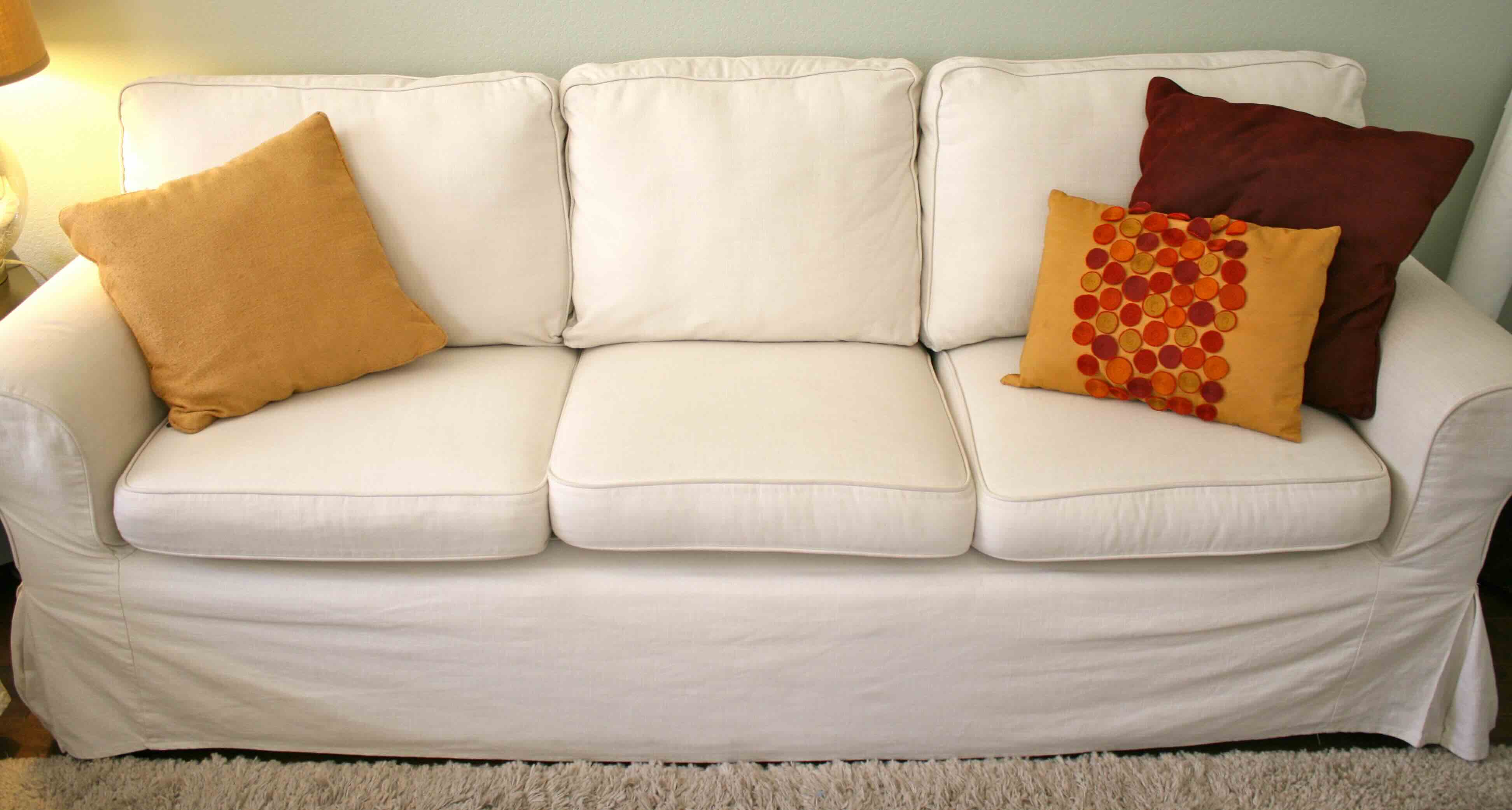
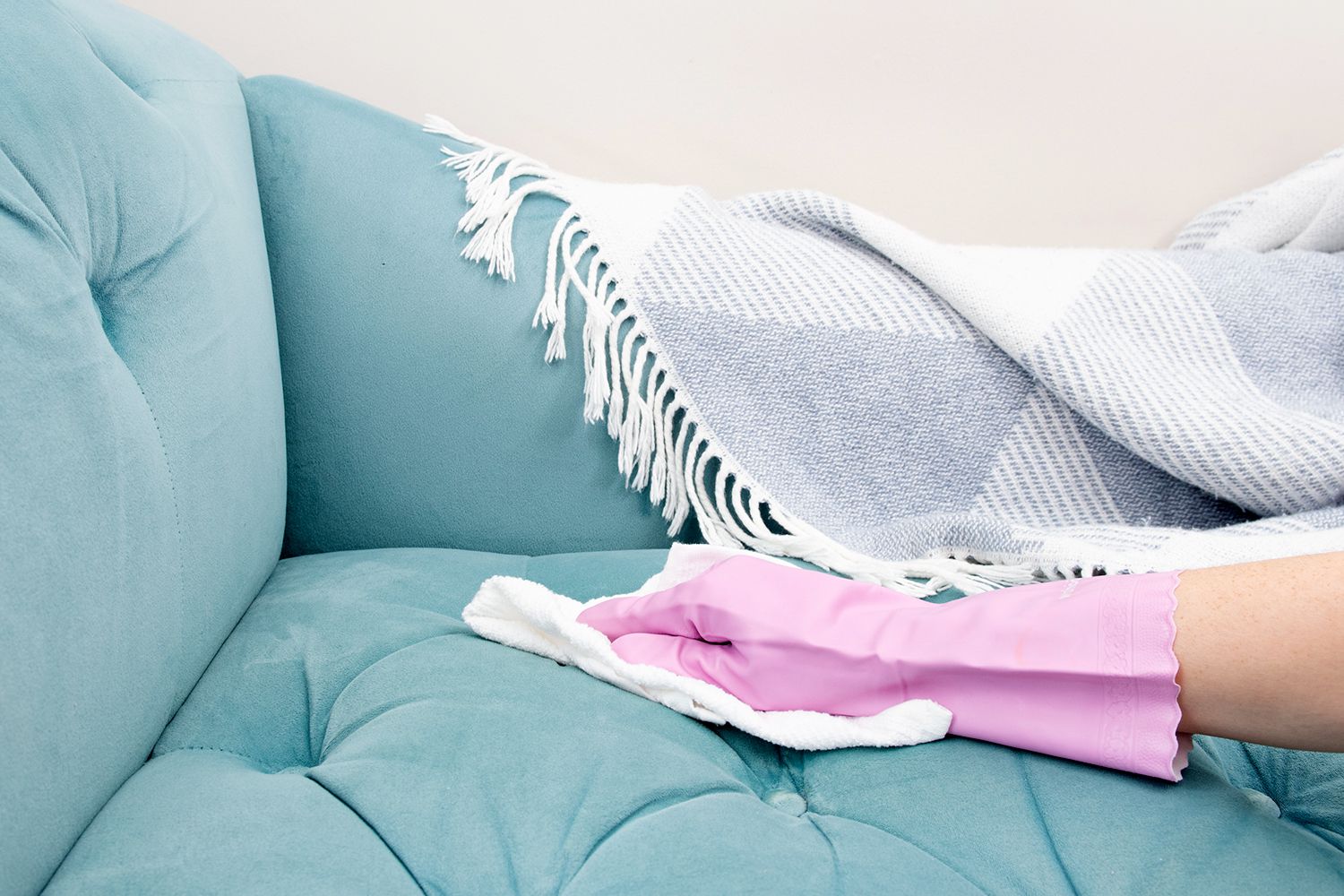
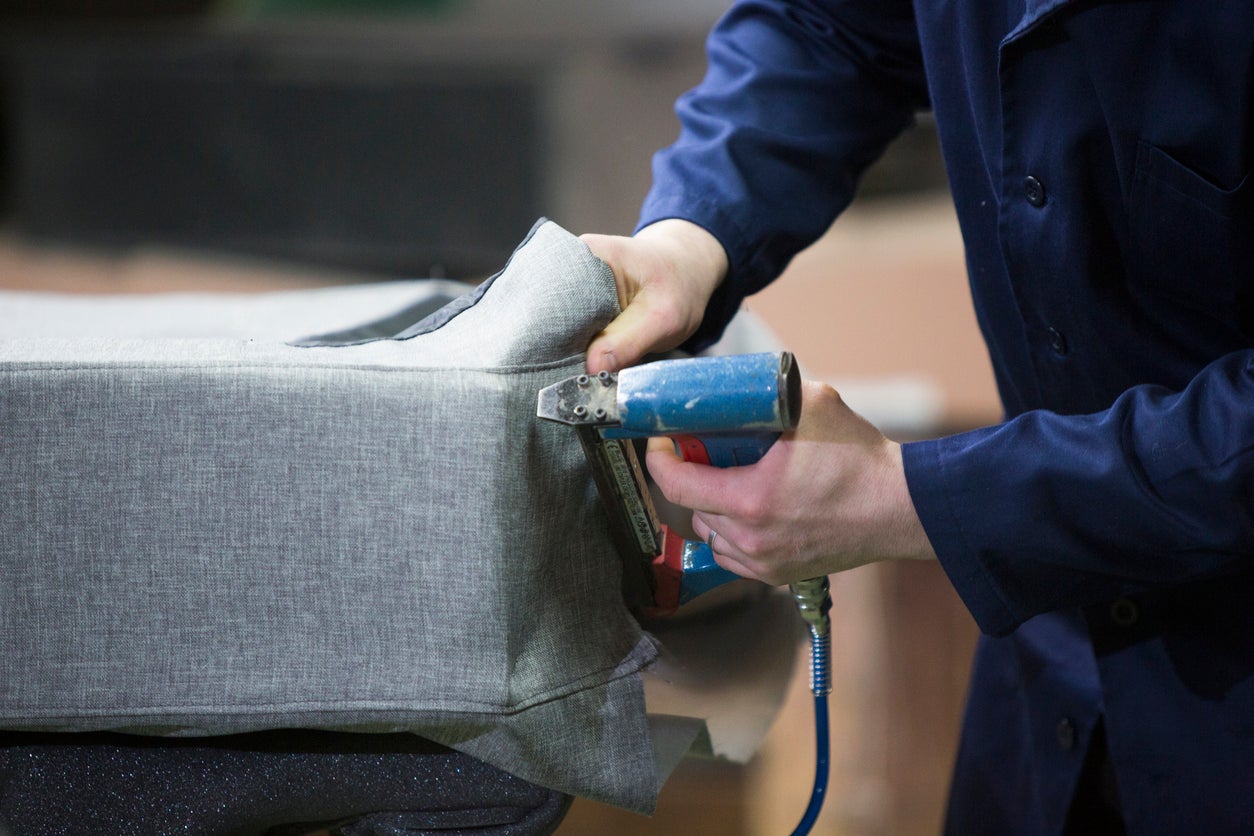

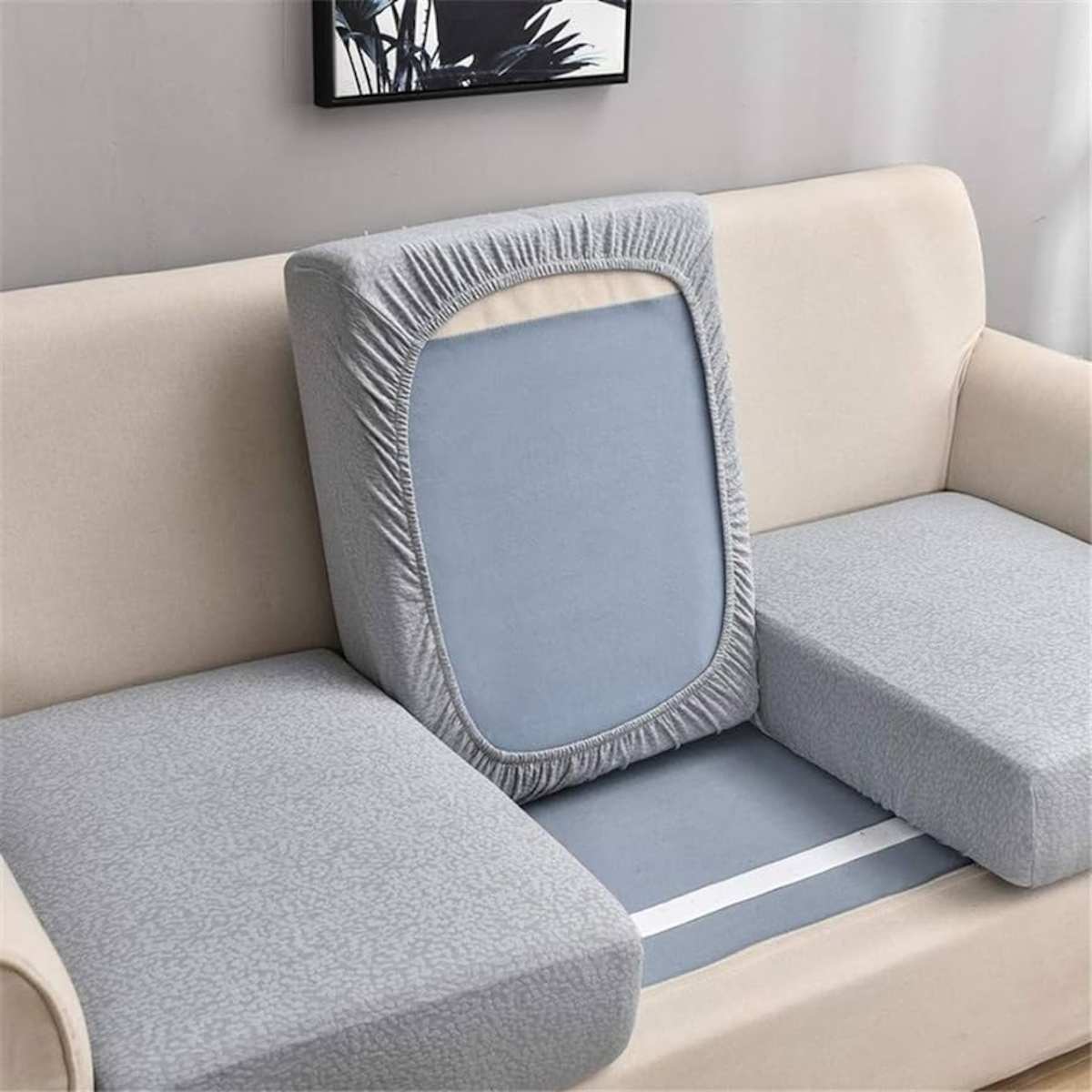
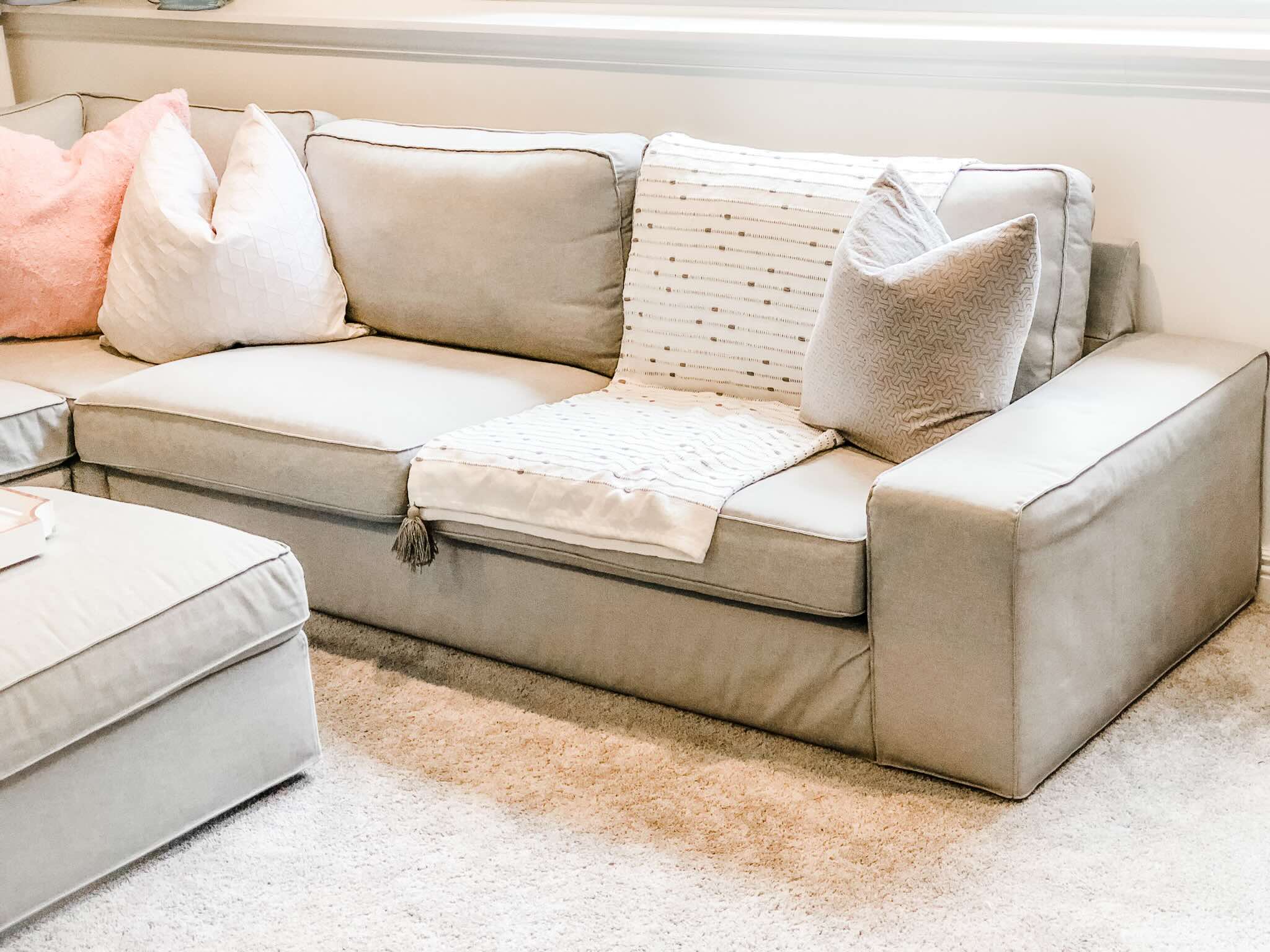
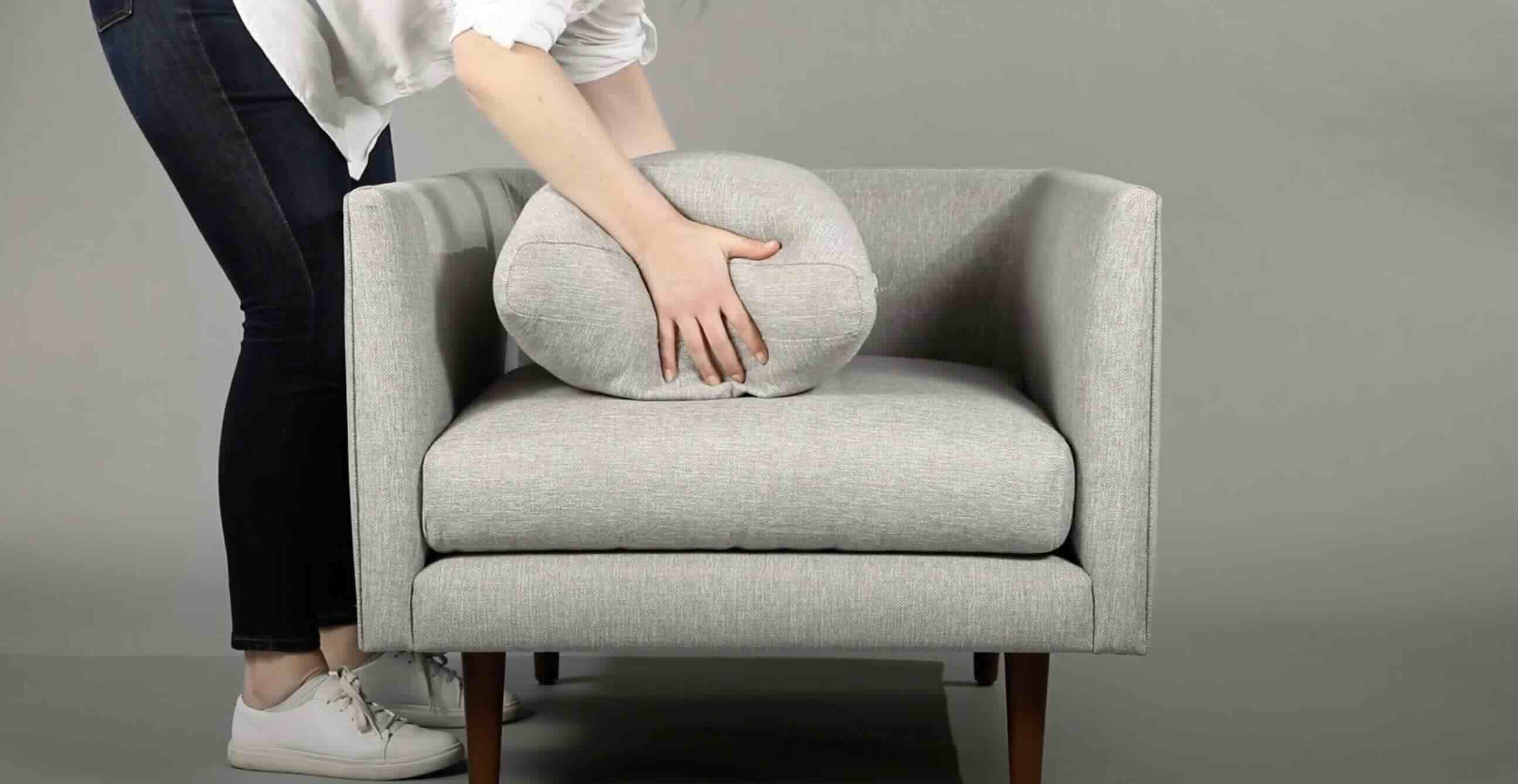

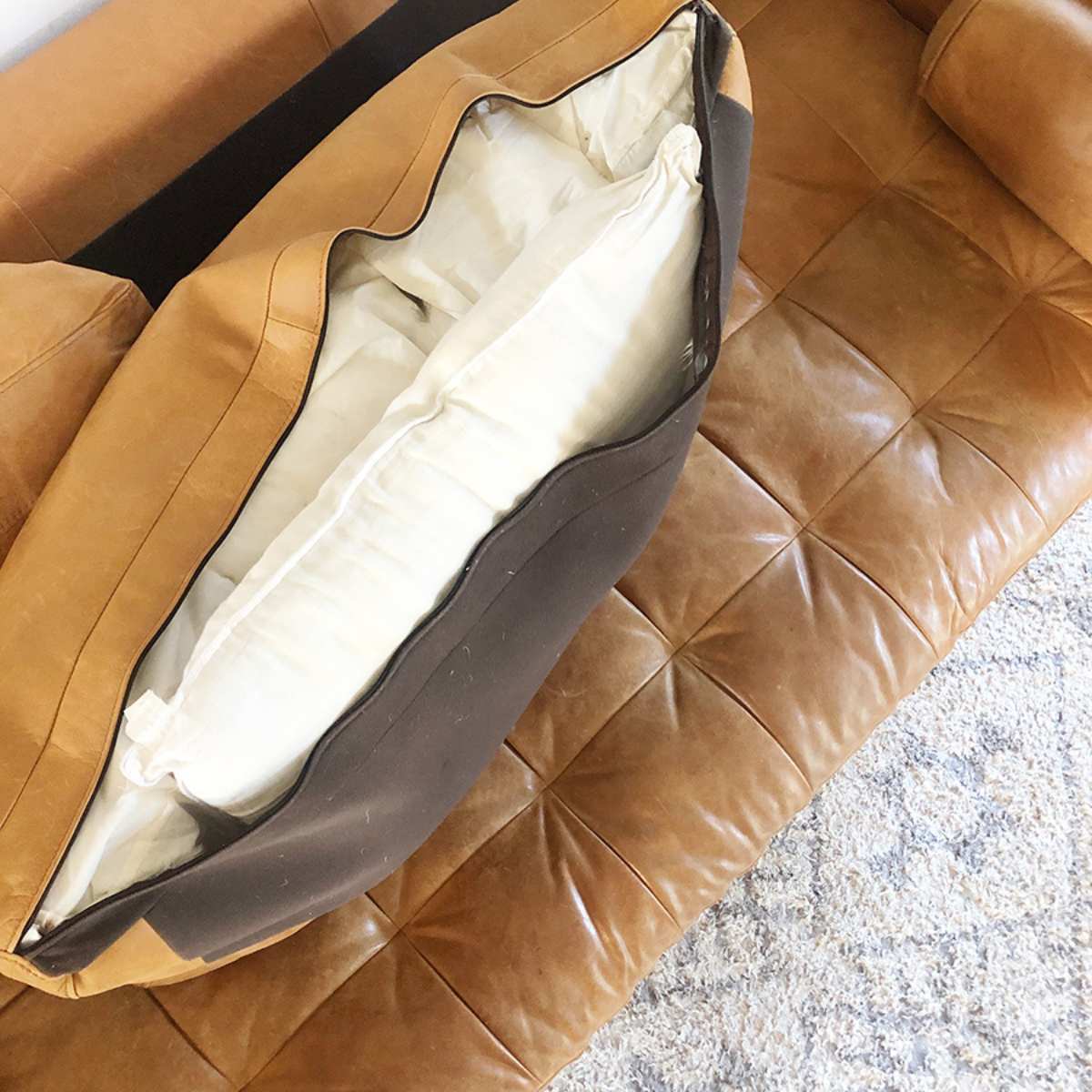


0 thoughts on “How To Fix Cushions On Couch”